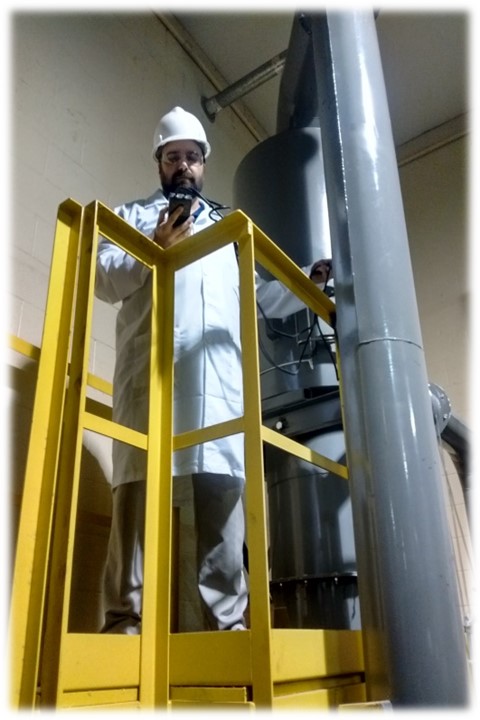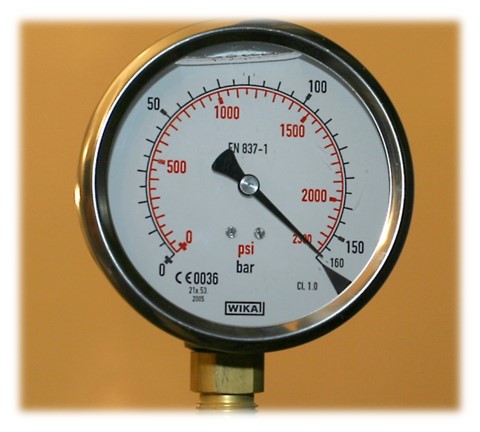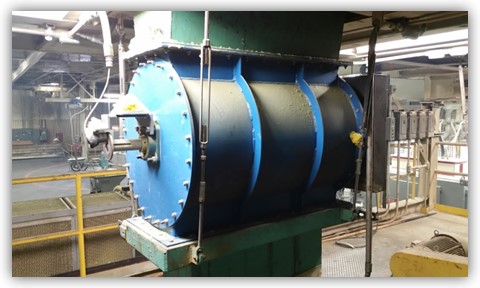Dust collectors are required in facilities for multiple reasons. After installation, they are often forgotten about until something isn’t working right. In order to fix the problem, the system has to be almost re-engineered to figure out what the design originally was. The following things are signs your dust collector isn’t working how it was designed and you need to perform a checkup.
1. Area around the air inlets are dustyThe dust collector inlets/hoods capture the dust from your process. If you are noticing greater dust in those areas, then your dust collector isn’t operating correctly or something changed in the process. Either way, having an expert come in and look at the system is your 1st step to solving the issue.
2. High pressure drop through the dust collectorBaghouses and cartridge collectors use filters to capture the dust. They are cleaned regularly to prevent dust buildup, but they will plug over time. Once the dust builds up, less air will be pulled through system thereby allowing more dust to escape. You might not notice this change at the hoods, but the pressure gages across the filters will tell you when the pressure drop is high.
3. Material collected in the dust collector is less than beforeAs less air is being pulled into the system, more dust is escaping the system, which means less dust is being collected by the dust collector. One way of noticing this is when you’re not hauling away the dust from the hopper as much. An example would be normally you are replacing the 55 gallon drum once per week but now it’s once every two weeks.
4. Equipment in the area requires high maintenanceDust can coat equipment and get into crevices. This can cause increased wear on rotating equipment, contaminate fluids, and plug air filters. All of these can cause an increase in equipment break downs. Equipment that is wearing down usually isn’t operating at its highest efficiency, thereby needing more energy. So if you are noticing an increase in equipment maintenance in a specific area, the dust collector might not be working as it should.
5. Workers are complaining about dusty areas or are calling off work more oftenDusty air can cause issues with the workers in the area. Dust can cause inflammations in the respiratory system which can cause people to be more susceptible to sickness. Workers might complain about the dusty air or just get sick more often.
Usually, combinations of these signs are happening at the same time. However, some might be more noticeable than others. So if you are seeing one of these signs, check for the others and then schedule a dust collector evaluation to get your system back into working order.
Bridging Dust?
Try the Aerodyne Mighty Whopper.
Aerodyne’s Mighty Whopper rotary valve has over-sized rectangular inlet and outlet.
5 Signs Your Dust Collection System Needs Maintenance
Is your dust collection system working at peak efficiency? A quick, do-it-yourself examination may identify symptoms that your system needs a check-up.
To learn more about which dust collector, please contact our experts at 440-543-7400 or visit our website: www.dustcollectorhq.com






